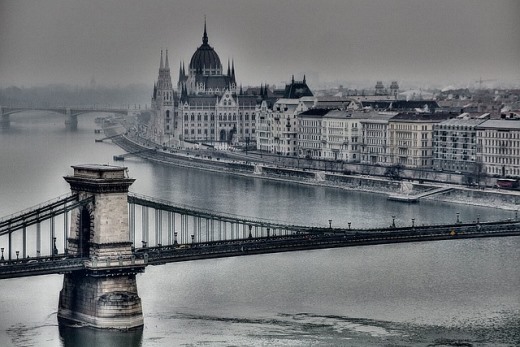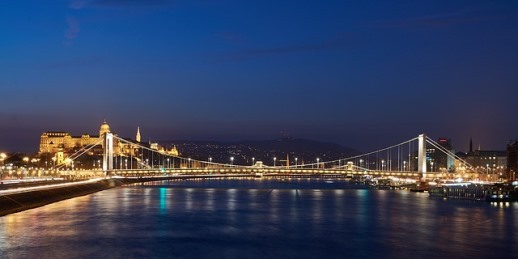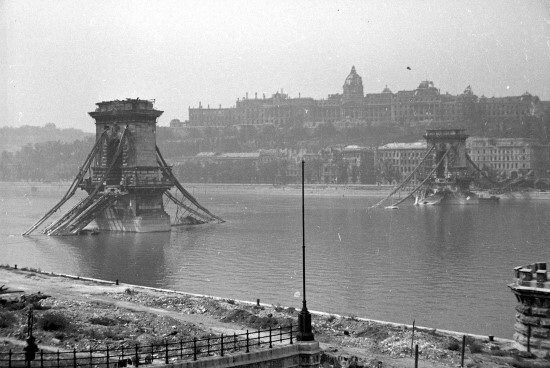Private taxi, minibus and coach transfers from Budapest Airport (BUD)
Easy Booking. Reliable Service. Great Prices.
Budapest's History in a Nutshell
Explore Budapest, The Queen of the Danube
2024-03-18 | TRAVEL GUIDE
Rated as the most livable city in Central and Eastern Europe, Budapest combines the charm of a common European city with unique Hungarian heritage.
Even though the neighboring Vienna and Prague have their own attractions, Budapest stands alone with its unique combination of cultural monuments that remind the travelers of its complex and colorful past.
The city is the political, administrative, industrial, and commercial center of Hungary and has been continuously re-settled through the centuries.
Today it’s the home of one-fifth of Hungary’s population.
So, if you had never been to Budapest, grab an airport taxi and hit the top spots.

Positioning
Budapest was created in 1873 by the merger of three cities: Buda, Óbuda and Pest. It is the administrative, cultural, scientific, economic, trade and transportation center with around 2 million residents. The city lies on the banks of the Danube River, and is administratively divided into 23 districts, 16 of located on the Pest side, 6 in Buda and 1 on Csepel Island in Danube.

Buda extends to the hills on the west bank of the Danube and Pest on the east bank of the river. In Buda, the 235 meters Gellért-hegy hill rises from the river bank and offers a spectacular view of the whole city. There are 7 bridges and 2 railway bridges In Budapest. Except for one bridge (Erzsébet híd), all bridges were destroyed during the Second World War and restored to the original style.
Brief History
There are traces of the first settlements in today’s Budapest that date back to the Stone Age, however many nations passed through here during the periods, leaving their own alternations.
The known Budapest history begins with the Roman town of Aquincum, founded in 89 AD on the site of an old Celtic settlement, near to Obuda. The city was the capital of the lower Pannonia province from 106 AD until the end of the 4th century. Contra Aquincum was then in place of today’s Pest. Under the leadership of Attila, the Huns advanced in the Pannonian Plain in the 5th century.
In 896, Ugrians (today’s Hungarians) were led by Arpad from the area of the Lower Dnieper and the Danube, crossed the Carpathians and settled in the area of today’s Pannonia between the Danube and the Tisa, establishing the state. These were skilled horsemen who reached Central Europe, where they were stopped by Otto I the Great at the Battle of Lehfeld, led in 955 AD near today’s Augsburg. During the reign of Saint Stephen, the Hungarians accepted Christianity in 1001 and received the crown from the Pope. In 1241, at the time of King Bela IV, or the second founder of Hungary, the Tatars devastated the Pannonian area. Hence the king started with fortification and construction of the king’s palace in Buda.
From the Ottoman Empire to World War I
Up until the Battle of Mohács, the country was very influential in the Balkan and European area. The Turks spread their invasions in the north, placing Hungary under direct attacks. In 1521, the Turks conquered Hungarian Belgrade in Mohács battle. In 1526, the Turks once again were victorious killing the king Lajos II Jagiellon, thus ceasing the existence of Hungary as an independent state. After the battle of Mohács, part of Hungary fell under Ottoman Empire, another became part of the Habsburg Empire, while the third one became semi-independent state under the suzerainty of the Ottoman Empire. The Turkish pasha was based in Buda until 1686.
At the end of the 17th and beginning of the 18th century, the Habsburgs invaded Transylvania and the Ottoman territories in the Pannonia, making all Hungarians to come under the Habsburgs’ ruling. In 1848, under the leadership of Lajos Kossuth and Lajos Batthyány, Hungarians raised rebellion against the Habsburgs, demanding national rights, not providing the same for the non-Hungarian population, making them side with the Habsburgs. The revolution was brutally suppressed, and after 1860, the Habsburgs’ policy was altered towards Hungarians. In 1867, the Habsburg monarchy was transformed into the Austro – Hungarian Empire, giving Hungary a large degree of autonomy. In the economic development after the revolution and the creation of the dual monarchy, Buda and Pest were developed into European capital, merging the independent cities Pest, Buda and Obuda into one city called Budapest in 1873.
World War I to Modern Day Budapest
In the World War I (1914 – 1918), the Austro-Hungarian Empire, together with Germany, Bulgaria and Turkey, was a member of the defeated Central Powers. Hungary became an independent state, after the war and the collapse of the Austro Hungarian Empire. In the post-war period, the Treaty of Trianon defined the boundaries of the new state, where Hungary lost two-thirds of its territory. Right upon the brief existence of the Hungarian Soviet Republic, under the leadership of Bela Kun, the Hungarian monarchy was restored.

By the end of the World War II (1945 – 1989), Hungary was part of the Soviet influence and the Warsaw Pact. Anti-communist and anti-Soviet rebellion took place in 1956, and it was brutally suppressed, while the Prime Minister Imre Nagy was sentenced to death.
At the end of 1989, there were huge changes in the political life of Hungary, providing greater freedom in organizing and political action, signing agreement on the withdrawal of the Soviet army and the state changed its name to Republic of Hungary. The communists lost power, leaving Hungary to become a member of NATO and the European Union.
Budapest is enchanting, regardless of the season you are visiting in. Our advice is to always take a piece of history with you prior to visiting most of the historic places and get a better perspective. Having in mind that the Budapest airport is really not far from the city, an airport shuttle will take you there in no time.